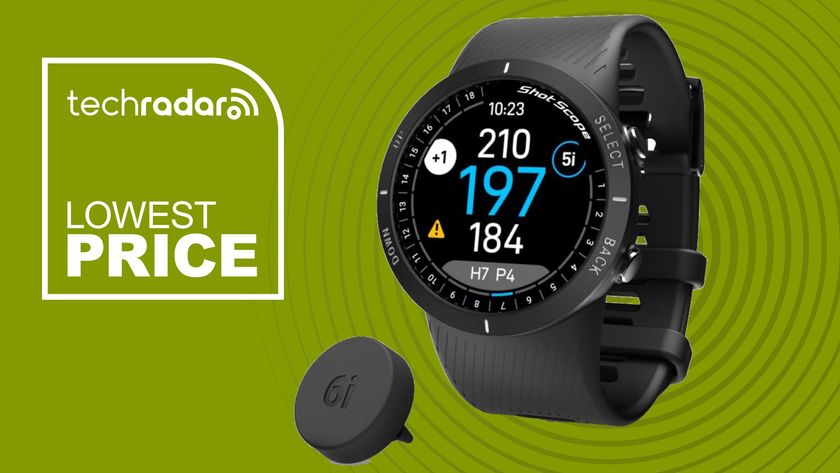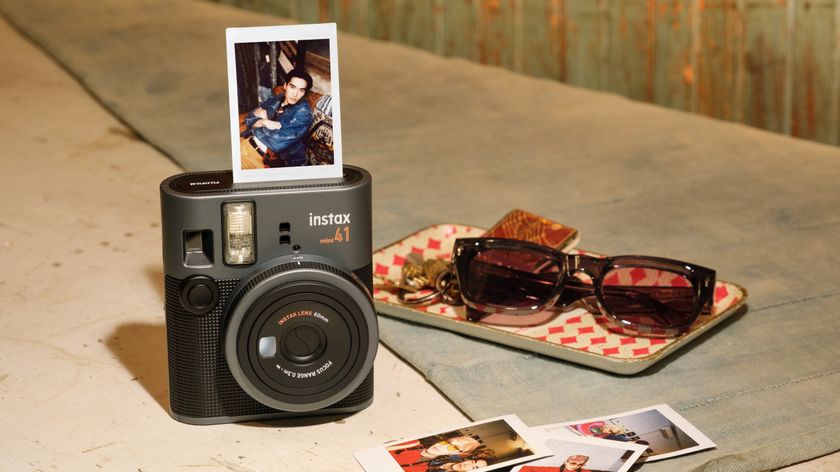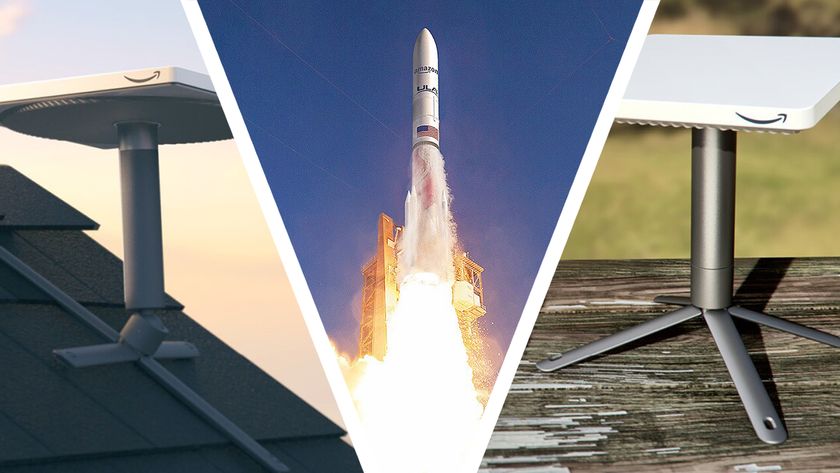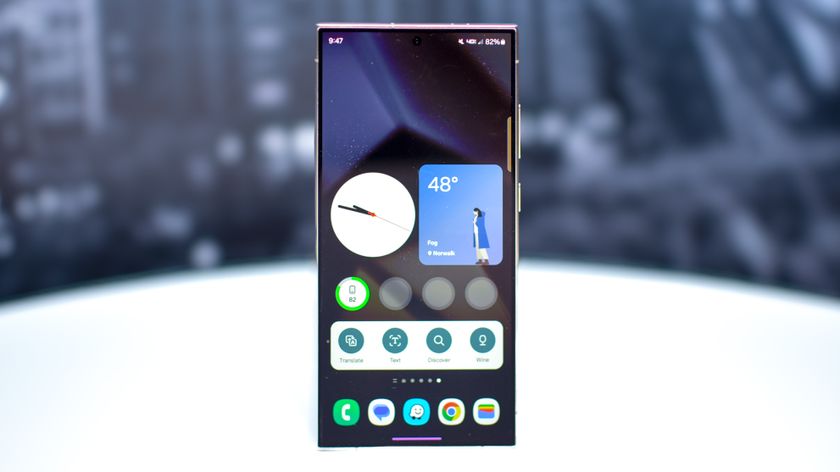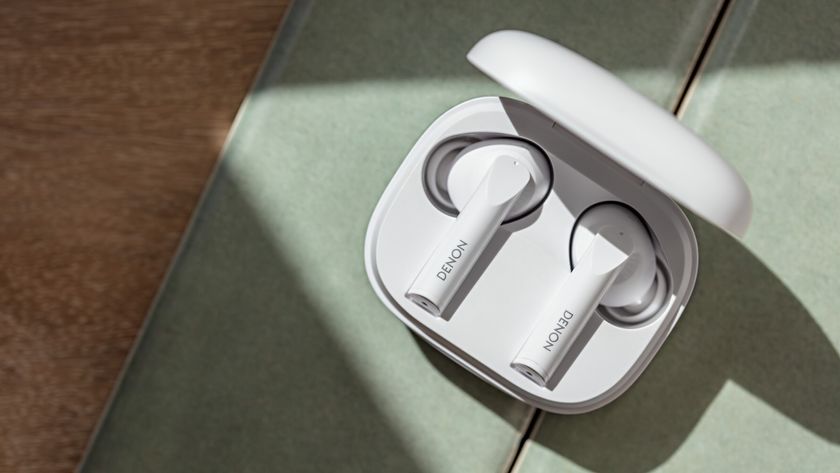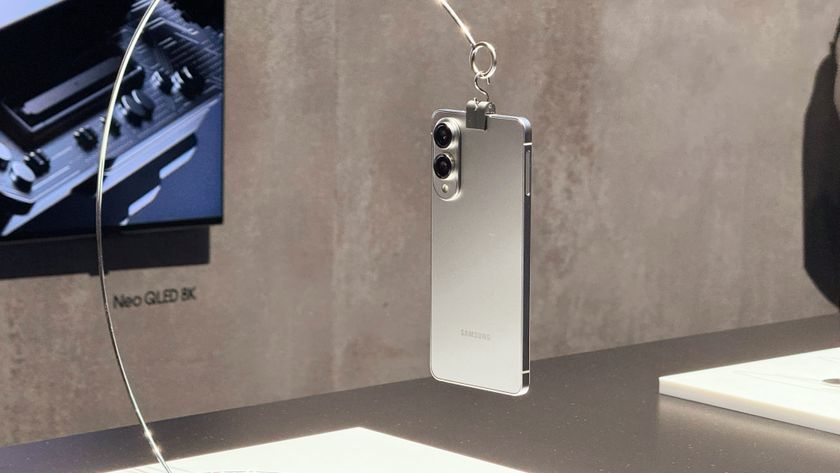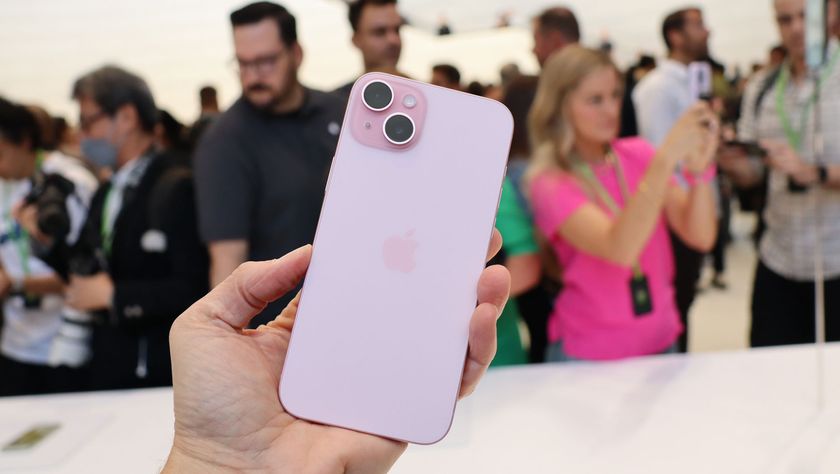In-store analytics: tracking real-world customers just like online shoppers
Using Wi-Fi, video cameras and more
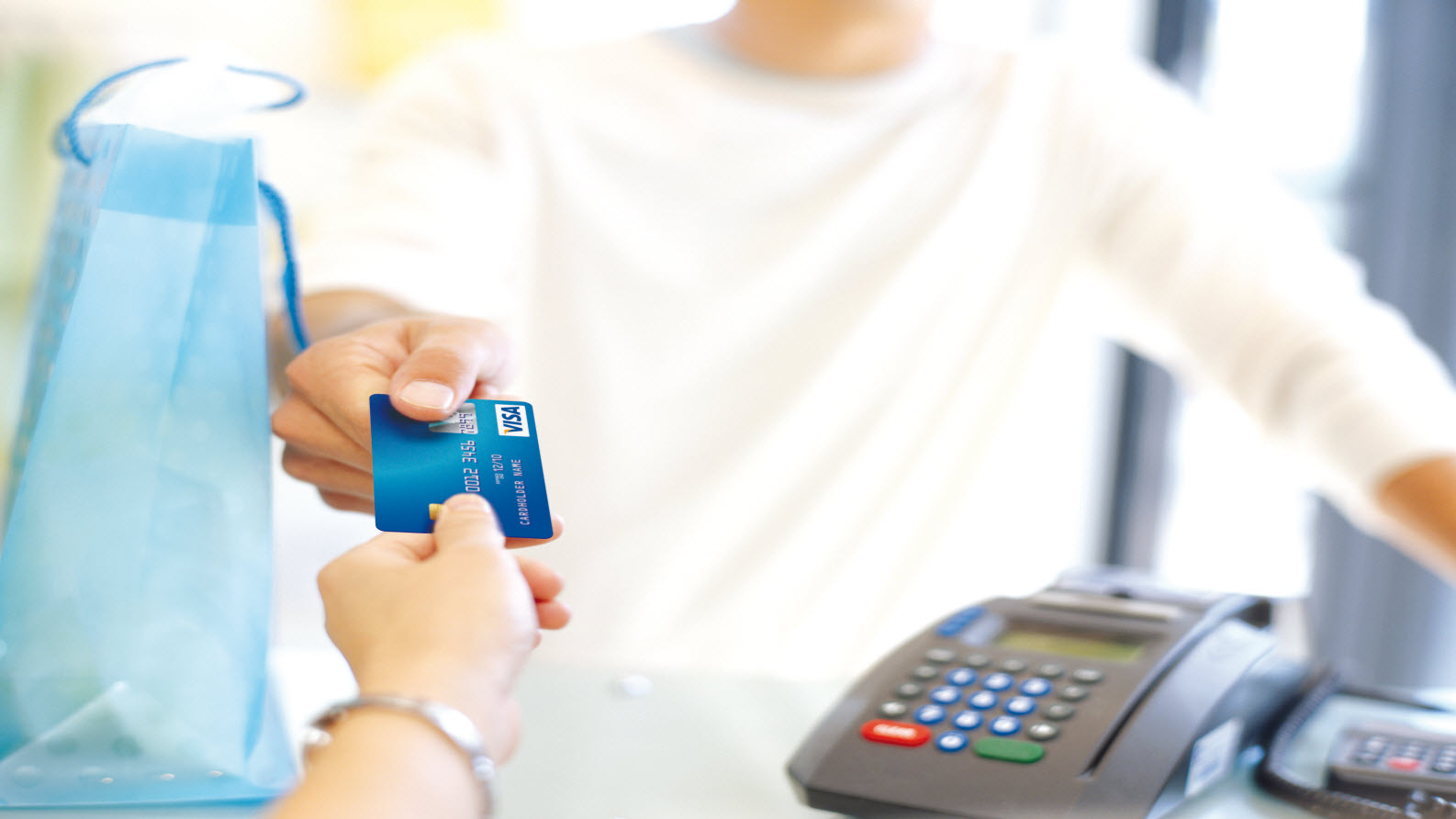
Retailers are looking for more sophisticated ways to understand customer buying behaviour and want to take advantage of tempting insights from technology and data analytics.
The choices we make as we move through a store reflect what we think about the decisions the retailer has made. We pause at one display – not at another. We choose one aisle to walk down and ignore the next. We pick up products but don't buy; others we place in our basket. Capturing these details as data is extremely valuable to retailers. It is real-life feedback on the success – or otherwise – of their displays, marketing campaigns and product ranges.
In-depth insight
In fact, technology and data analytics is already providing this level of insight. From the route shoppers take through a store, to the places where they choose to pause and the length of time they stay there, and even insight into how they feel as they browse. The combined power of technology, big data and analytics can give retailers more precise information than they've ever had on just how customers shop in their stores.
For some time now, retailers have gathered information on what customers buy, and have used it to more precisely target and tailor their marketing efforts. Store loyalty cards accumulating points to turn into money-off vouchers or credits give the retailer the capability to monitor individual customer purchasing behaviour. Online, retailers can track customer movements around their virtual store and have an idea which items are abandoned before the checkout stage.
It's in-store where, until fairly recently, retailers have been limited in the data they gathered. They've relied mostly on information gleaned at the till, meaning their data has been focused on final purchases and not the journey taken to get to that decision or – perhaps even more importantly – the journeys that never reached that final destination.
Wi-Fi and video
Data gathered from Wi-Fi hotspots and surveillance video cameras is set to change all this. It can be used to create a detailed map of customer behaviour going into, and moving around the store. Brought together with sales system and transactions data it can build a picture of how well a store front serves to bring customers in, where shoppers go within the store, whether the layout makes browsing easy, if checkout queues are losing customers and other insights into customer shopping habits and needs.
Xchanging undertook a study of five shopping malls in the US and found that 62% of shoppers leave Wi-Fi active on their phones, meaning that wherever they go their phones are pinging off Wi-Fi hotspots, effectively leaving a digital footprint. Shoppers don't need to connect to the Wi-Fi for this location data to register – in fact only around 3% did in our study. From this data the movement of shoppers around a shopping centre can be mapped, providing insight into the floors they visit and the shops they go into.
Are you a pro? Subscribe to our newsletter
Sign up to the TechRadar Pro newsletter to get all the top news, opinion, features and guidance your business needs to succeed!
Add to this content from surveillance cameras and the information becomes even more granular, detailing numbers and gender/age profiles of customers entering specific stores and average dwell times at window displays. Combine images from cameras with a more localised focus with sentiment analysis software and a picture can even be generated of the reactions and emotions of shoppers as they shop. If, for example, they are happy, excited, disinterested, and so on, by what they see.
Using the data
Data analytics can mine this information in four main ways. Firstly, it can map in-store movement, creating visual maps and charts to clearly illustrate shopper movement and expose the paths customers take through stores, where they spend the majority of their time and what product lines they show most interest in.


